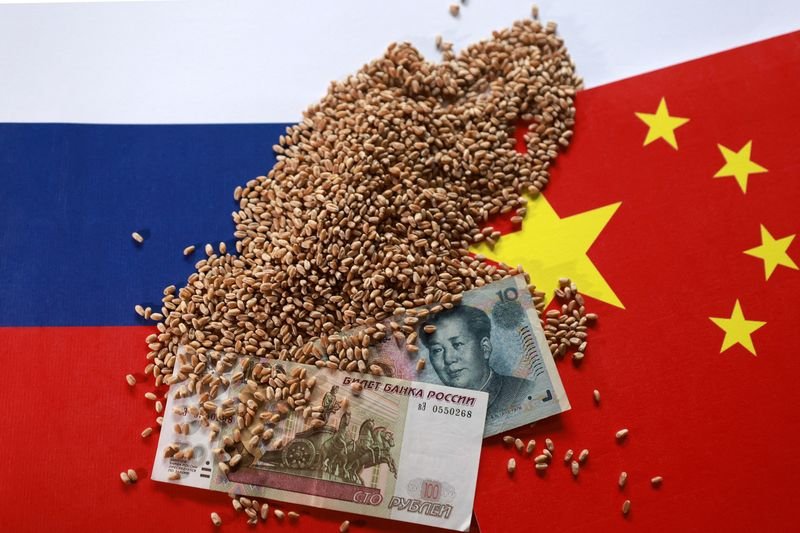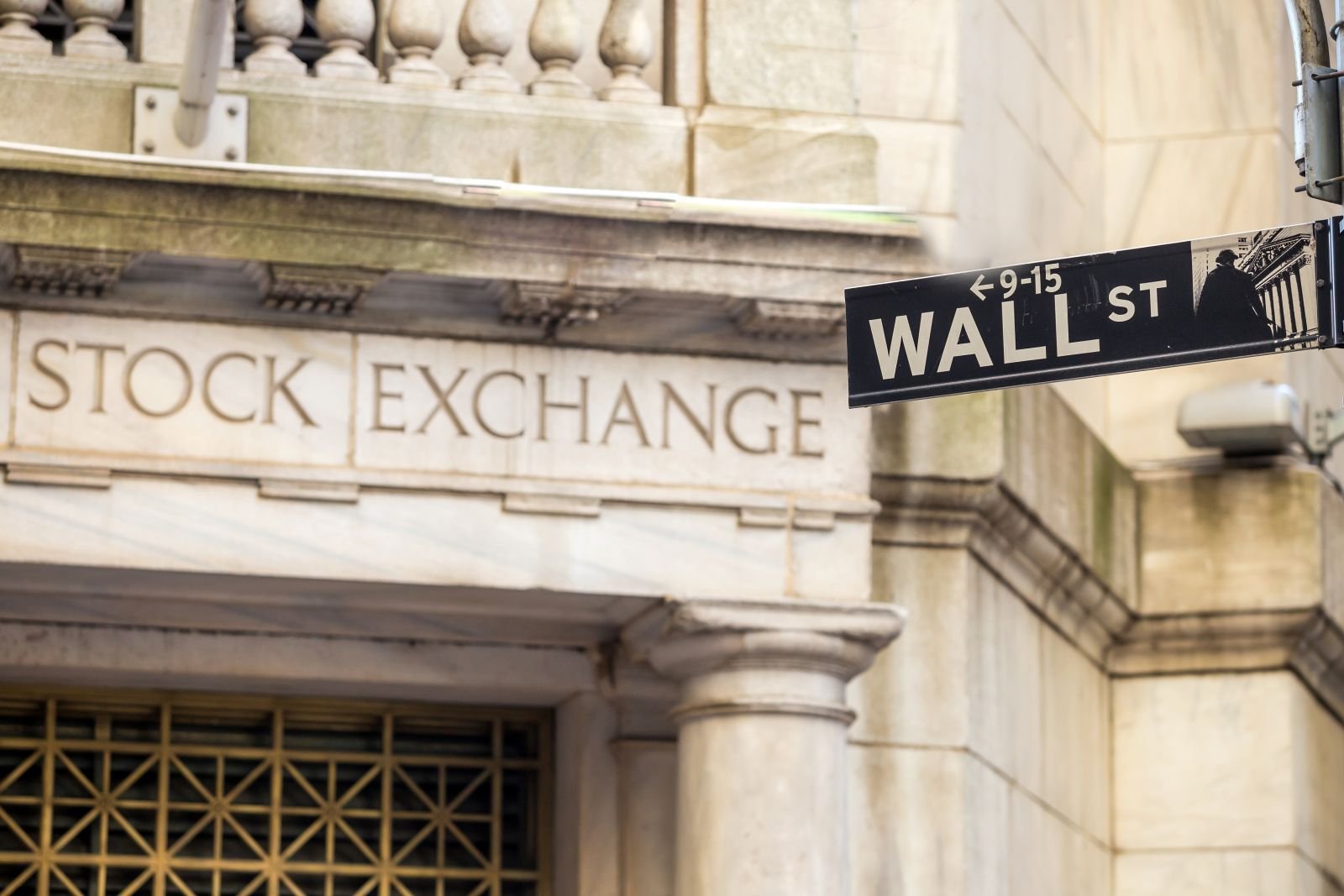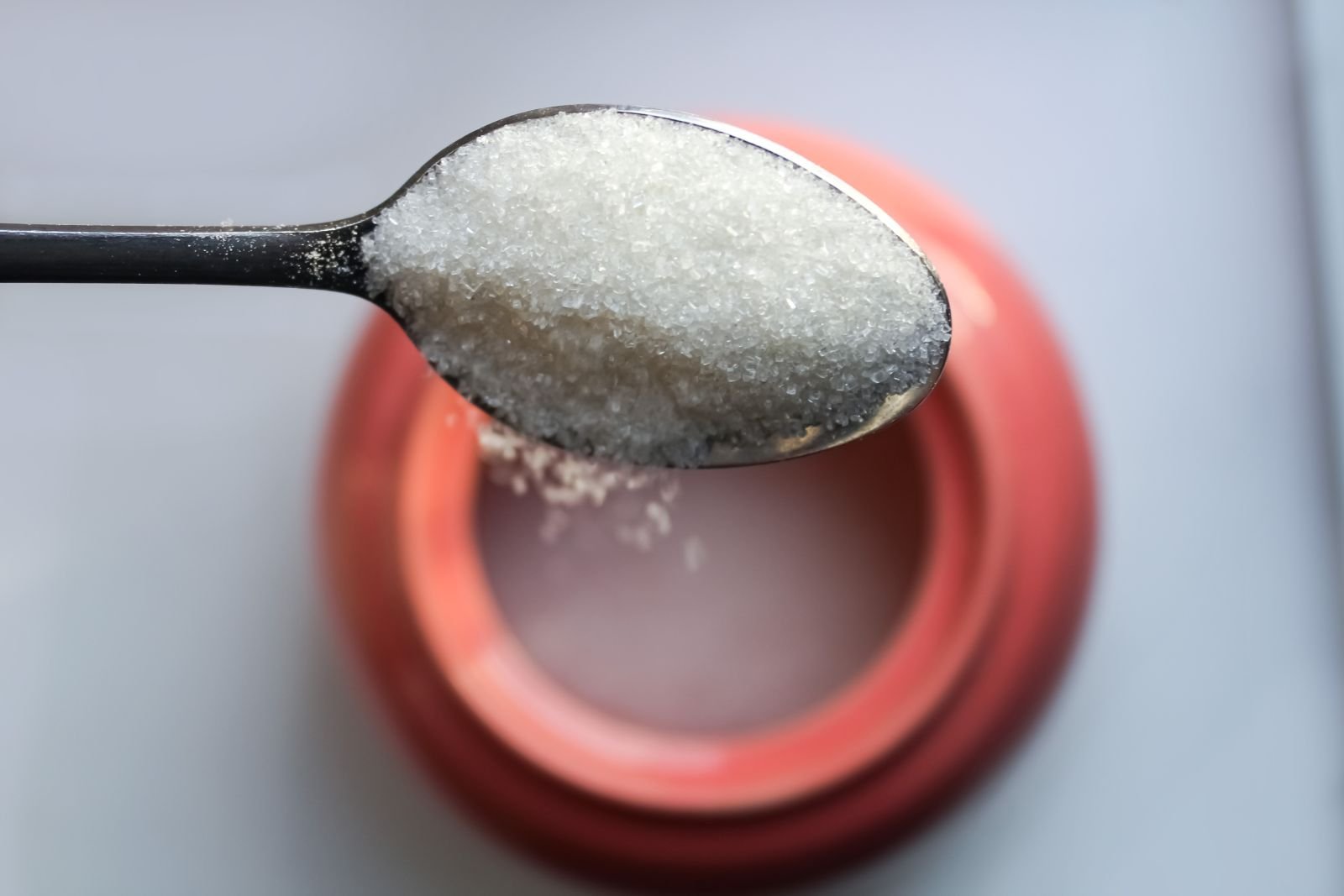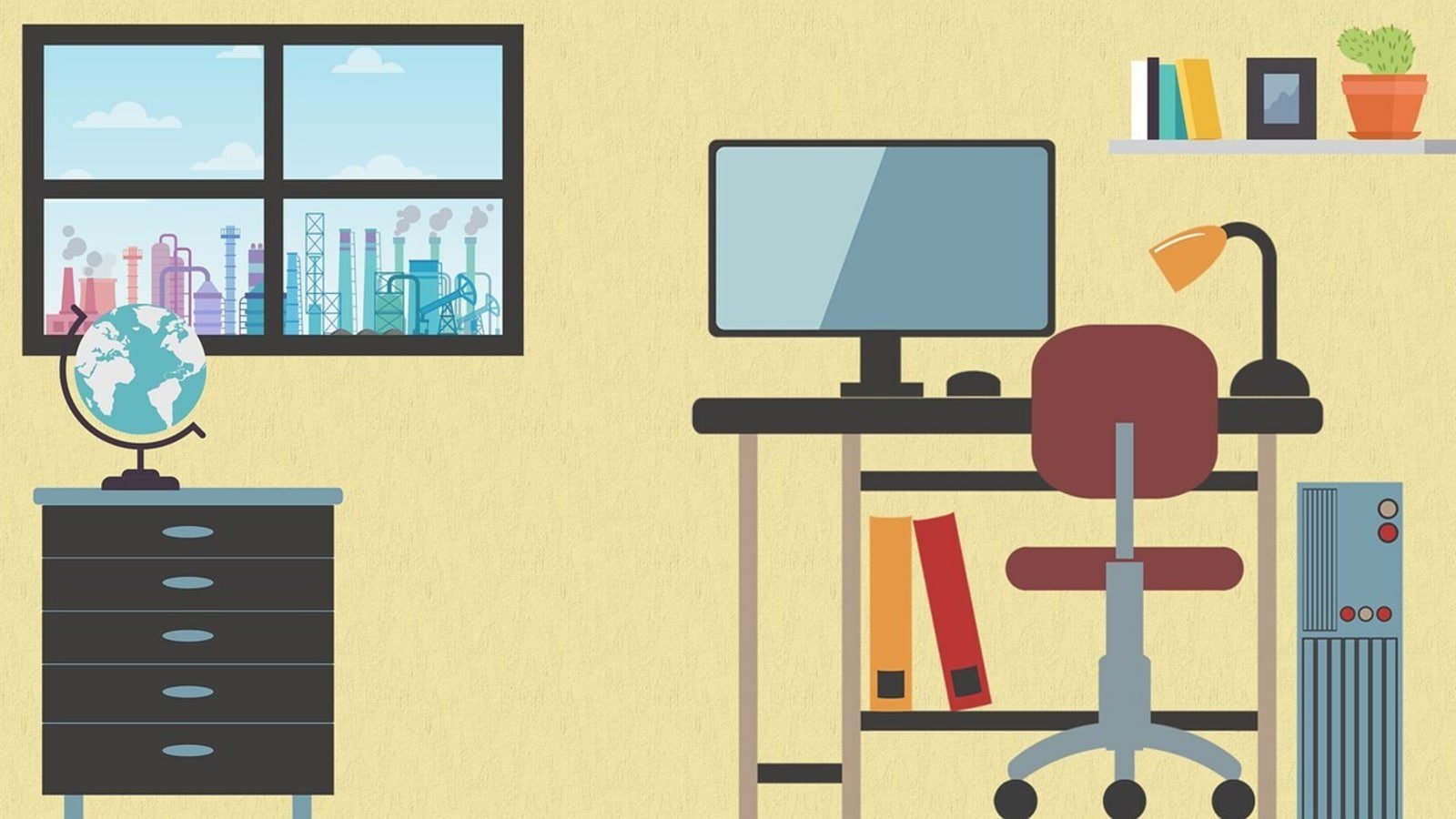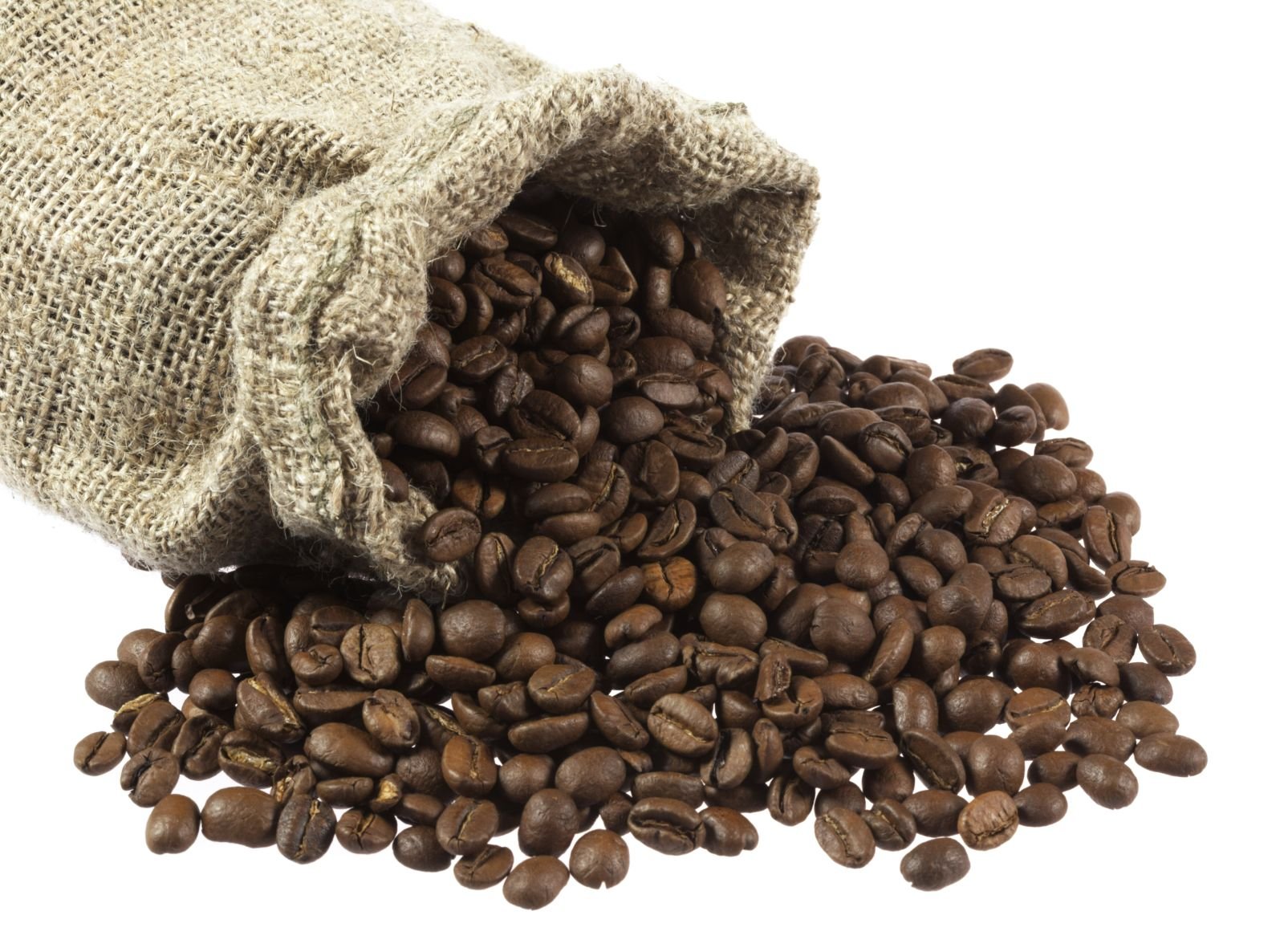Moscow (Reuters) – Old -fosioned Barter is growing in Russian foreign trade for the first time in the 90s of the 20th century, because companies that seek outfox Western sanctions exchange wheat for Chinese cars and linen seeds for building materials.
Although Russia is building warm ties with China and India, the return of the exchange shows how far the war in Ukraine has distorted business relations for the largest producer of natural resources in the world, three decades after the collapse of the Soviet Union announced in Russian economic integration with the Russian economic West.
The United States, Europe and Allies have imposed more than 25,000 different sanctions against Russia during the 2022 war in Ukraine and the annexation of Crimea in 2014 in an effort to sink the Russian economy of $ 2.2 trillion and undermine the support of President Vladimir Putin.
Washington also hit India tariffs in the oil store in Delhi with Russia.
Putin says the Russian economy overcomes expectations. In the last two years, it has grown rapidly than G7 countries, despite the western forecasts of the accident. He ordered business and officials to resist sanctions in all ways.
However, there are growing signs of the economy load that is now showing the central bank.
Some repressive measures – especially the disconnection of Russian banks from the Swift Payments system in 2022 and Washington’s warning to Chinese banks last year against the support of Russian war efforts – were concerned about secondary sanctions.
“Chinese banks are afraid to be placed on lists of sanctions in secondary sanctions, so they do not accept money from Russia,” the source told Reuters on the payment market.
These concerns seem to be behind the formation of exchanged transactions that are much harder to monitor. In 2024, the Russian Minister of Economy issued a 14 -page “Foreign Exchange Transaction Guide”, which advised businesses on how to use this method for sanctions of skirts. He even proposed to create a trading platform that would function as an exchange exchange.
“Transaction of exchanged foreign trades allow the exchange of goods and services with foreign companies without the need for international transactions,” said the Minister’s document with “conditions of restrictions”.
Until recently, there was little evidence of commercial interest in such transactions. Last month, however, Reuters said that Chinese Hainan Longpan Oilfield Technology Co. tries to trade with steel and aluminum alloy in exchange for sea engines.
The company did not respond to the request of how.
For this story, Reuters was able to identify eight such transactions based on business resources, public statements from its own services and the company’s statement. Transactions have not been previously reported.
While the press agency could not determine the total value or volume of exchange in the Russian economy due to the opacity of the transactions, three business resources said that practice is becoming more common.
“The growth growth is a symptom of de-de-delarization, pressure of sanctions and liquidity problems between partners,” Maxim Spassian, secretary of the General Council of the Russian Union of Industrial Doctors and Entrepreneurs, told Reuters. He said SPASs that the exchange volumes are likely to grow further.
One of the trade sources – which spoke on condition of anonymity due to the sensitivity of information – said the system helps to circumvent sanctions discontinued by Russian banks from dollar transactions and euro.
Three analysts said that a possible indication of the extent of exchange was a traveling difference between the Statement of Foreign Trade Central Bank and its own customs service data that reached $ 7 billion in the first half of this year.
It is responsible for the request for commentary, the Russian customs service confirmed that Barter was made with different countries “for a wide range of goods”. However, he stated that the number of exchanged transactions has noticed compared to the total volume of foreign trade agreement.
The Russian surplus of foreign trade in January – July decreased by 14% by 14%, to $ 77.2 billion, according to published data from federal customs service, to $ 77.2 billion. Exports during this period decreased by $ 11.5 billion to $ 232.6 billion, while imports increased by $ 1.2 billion to $ 155.4 billion.
The Government and the Central Bank have refused to disciffine with the Reuters agency, which stated that no data would be available on these transactions that ASY would be included in the overall data if it were reported lawfully. One source close to the government has stated that data may vary due to differences in methodology.
Grain cars
In one transaction identified by Reuters from two business sources, Chinese cars were traded for Russian wheat. According to one of the sources, Chinese partners asked their Russian counterparts to pay in grain.
Chinese partners branching cars in China for Yuan. Russian partner hangers with rubles. Then the wheat was replaced with cars.
Reuters could not determine the traded volumes or the mechanism by which traders decided on the value of grain or cars.
In two other transactions, the notice of customs statements was exchanged for goods, including household appliances and building materials from China. Experts with the knowledge of Russian external trading said that one of the linseed trades registered in 2024 stabilized by Russian customs service in the region is estimated that it is worth $ 100,000.
China is a major import of Russian linseed seed, which is used in industrial processes and as a nutritional product.
In other transactions, China was delivered to China in exchange for machines, Chinese services were Swedes for raw materials and Russian import Bough Aluminum for paying Chinese society. One agreement was with Pakistan.
Some exchange transactions allowed the imports of Western goods to Russia despite sanctions, two sources with knowledge of transactions without providing details of the goods.
At the Kazan Expo Business Forum in August, the Chinese Society of City Settlement among Problems prevents the development of bilateral trade. Xu Xinjing, chairman of Hainan Longpan Oilfield Technology Co., LTD, said the trader could be a solution.
XU said at the conference that “in the current limits of limits”, Barter has provided new opportunities for businesses in Russia and Asian countries.
In the 90s. The chaos sowed
Following the Soviet collapse in the 90s of the 20th century, the exchange raised chaos through the economy because huge chains of shops were created for all from electricity and oil to flour, sugar and shoes, allowing price fraud that made it difficult for some to be for some.
At that time, the lack of prepared money, huge inflation and repeated devaluation made Barter attractive. Now there is a floor of money, but Barter is powered by the constantly changing pressure threats of Western sanctions on Russia and China.
Russia says Western sanctions are illegal and criticized China as discriminatory.
Barter is not the only solution. Some traders have used so -called “payment agents” who make payments through various programs for a fee, but such transactions can be risky.
Another way to make a payment is the Russian State Bank of VTB, which branch in Shanghai. Others use cryptocurrencies hanging on the US dollar.
“Small businesses actively use crypto. Some transport cash, some of the offsets work, some diversify accounts with different banks,” said Sergey Putyatinsky, Vice President for Operations and IT in BCS, leading Russian financial companies.
“There is no ready-made technology year yet. The economy survives and uses business at the same time 10-15 methods,” he said.
(Reporting by Reuters; Guy FaulConbridge and Frank Jack Editation)
